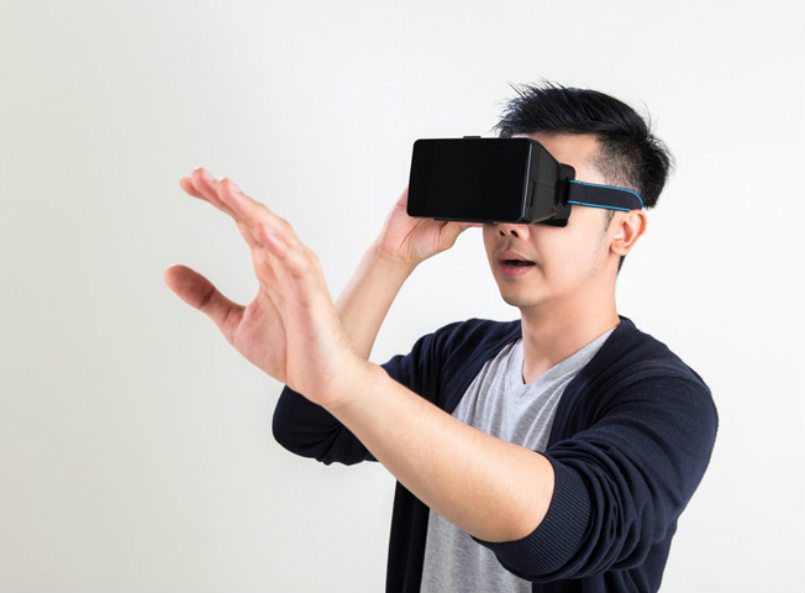Virtual Reality (VR), Augmented Reality (AR) and Mixed Reality (MR) are quickly becoming mainstream technologies in our world. While we have become accustomed to these technologies in the world of gaming and entertainment, many don’t realize that they will soon be taking over our workplaces as well. At their root, VR, AR, and MR are simply ways to present information in a visual way. They differ only in the way they deliver this information. These tools can be incredibly powerful when it comes to training, as well as sales and marketing. Just imagine previewing an MR version of a new car model, or learning to diagnose repairs using AR simulations on actual vehicles. To understand the differences between VR, AR, and MR, we must take a look at what each one does, and how they might apply in the automotive world.
Virtual Reality (VR)
VR has the ability to put you right in the middle of a situation, so that you can experience it without actually being there. VR is mostly thought of as visual and auditory, but can also incorporate other senses as well for a truly submersive experience. This is fun in the world of entertainment, but it also has a place in the real world.
While VR is still very difficult and expensive to render, technology is turning a corner that makes VR easier to produce and to access. The biggest opportunities here revolve around enhancing the car buying experience, as well training for real-life situations.
Augmented Reality (AR)
The best example of AR is the video game: Pokémon Go. We can all relate to chasing (or seeing others chase) imaginary creatures in a real-world setting. AR overlays a digital “fantasy” onto a real experience. We have already seen AR in automotive technology such as heads-up displays, but this technology can also be extremely useful for training service technicians. Technicians can practice on new models before they come out by overlaying the new vehicle configuration over an existing model. This mixture of physical and visual learning can be very powerful.
Mixed Reality (MR)
MR is probably the hardest of these three technologies to define. MR, sometimes referred to as Hybrid Reality, is the merging of real and virtual worlds and encompasses components from both Augmented Reality as well as Virtual Reality. The best example of MR technology would be Microsoft’s HoloLens, which projects 3D holographic images into a physical space. While this seems like something straight out of Back to the Future Part II, 3D holographic imaging is a reality. This technology can create opportunities for customers to walk around a new vehicle model before it is produced. Technicians can also benefit from MR by visualizing new vehicles, or learning to virtually repair a new engine before it is available. All three of these technologies are exciting, especially as they turn the corner and evolve from purely entertainment to practical applications in the real world.








